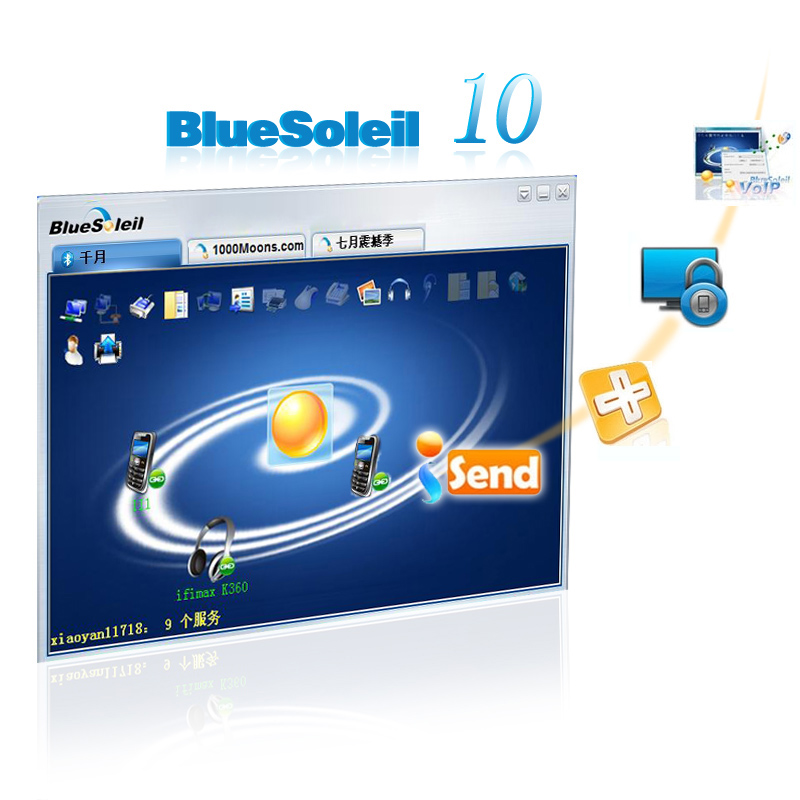


Select the one you want to receive audio via Bluetooth from. The app will list connected audio devices.Now, open Microsoft Store and install this app: Bluetooth Audio Receiver.Pair your audio source device, e,g, your Android smartphone.To Enable and Use A2DP Sink for Bluetooth in Windows 10, However, to use the feature, you need to install a third party app, as the OS lacks the user interface to activate the SINK role. Starting in Windows 10 version 2004, Microsoft has re-added the SINK role to Windows 10 for upcoming versions of the OS. This means you could use Intel Bluetooth on Windows 10 to send audio to other Bluetooth devices, such as a speaker, but you wasn’t be able to receive audio from other Bluetooth devices via A2DP. In Windows 10 versions released before Windows Update, Microsoft had implemented support for the A2DP source role, but not for the SINK role for desktop editions. Microsoft provides native support for Bluetooth audio streaming as A2DP source only. Starting from Windows 8, the A2DP Sink role is not supported by Microsoft, nor by third party drivers. In the release version of Windows 7, your PC could connect to Bluetooth speakers (act as A2DP source) but additionally, drivers could enable the audio device to work as A2DP sink if supported by the audio hardware vendor. In Windows 7 pre-release versions, A2DP source and sink roles were supported natively but this was dropped in the final RTM release version.


 0 kommentar(er)
0 kommentar(er)
